Glass pipette
৳ 300.00 – ৳ 800.00Price range: ৳ 300.00 through ৳ 800.00
Glass pipette are essential tools in many laboratory settings, used for transferring precise volumes of liquids.
Brand: Germany
Glass pipette:
Glass pipette are essential tools in many laboratory settings, used for transferring precise volumes of liquids. Using them correctly requires following specific steps and safety precautions. Here’s a general guide, but remember, it’s crucial to consult your specific lab protocols and supervisor for proper training.
Types of Glass Pipettes:
- Volumetric pipettes: Deliver a specific volume with high accuracy. Marked with a single calibration line indicating the volume delivered.
- Graduated pipettes: Have markings along the length for measuring and delivering variable volumes.
- Serological pipettes: Larger pipettes for transferring larger volumes (up to 50ml). Often used with pipette pumps or bulbs.
General Steps for Using Glass Pipettes:
- Assemble: If using a separate pipette pump or bulb, attach it securely to the pipette.
- Conditioning: Rinse the pipette with the solution you’ll be using (for volumetric pipettes, fill and expel a few times). Discard the rinses appropriately.
- Filling:
- Volumetric pipette: Dip the tip just below the calibration line. Use a pipette pump or bulb to gently draw liquid up above the line. Slowly release pressure to draw the liquid exactly to the line (meniscus at eye level).
- Graduated pipette: Dip the tip to the desired volume marking. Use the pump/bulb to draw liquid slightly above the mark. Slowly release to reach the desired level.
- Dispensing:
- Volumetric pipette: Touch the tip to the container wall, dispense by slowly and steadily releasing pressure from the pump/bulb. Don’t blow out the last drop.
- Graduated pipette: Tilt the container slightly, dispense while controlling the flow with the pump/bulb. Touch the tip to the container wall to deliver the last drop.
- Rinsing: Rinse the pipette with appropriate solvent, following disposal guidelines.
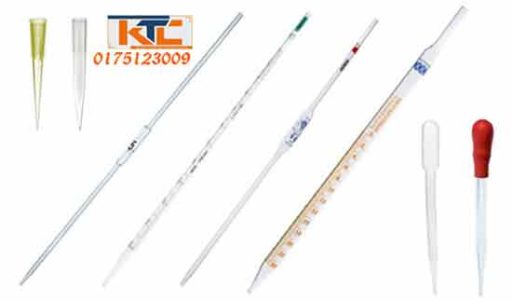
Safety Precautions:
- Never mouth pipette! Use pumps or bulbs.
- Wear appropriate PPE (gloves, eye protection).
- Be mindful of the chemicals you’re handling.
- Dispose of pipettes and waste according to lab protocols.
Additional Tips:
- Practice good technique to avoid contamination and ensure accuracy.
- Use the correct pipette type and volume for your needs.
- Calibrate pipettes regularly as per lab procedures.
Remember, these are general guidelines. Always prioritize safety and follow your lab’s specific protocols and supervisor’s instructions for working with glass pipettes. Any question.
Glass pipette of Ktcdhaka:
We always try to sell Glass pipette of Ktcdhaka product and always flexible with customer we try to do business nicely.
| glass pipette(UL) | 1, 2, 5, 10 |
|---|
Be the first to review “Glass pipette”
You must be logged in to post a review.


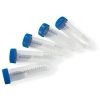
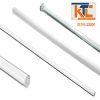



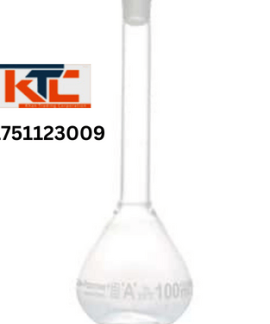
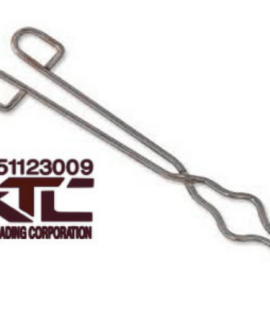


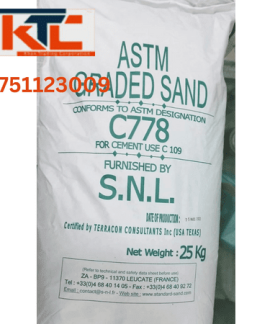
Reviews
There are no reviews yet.